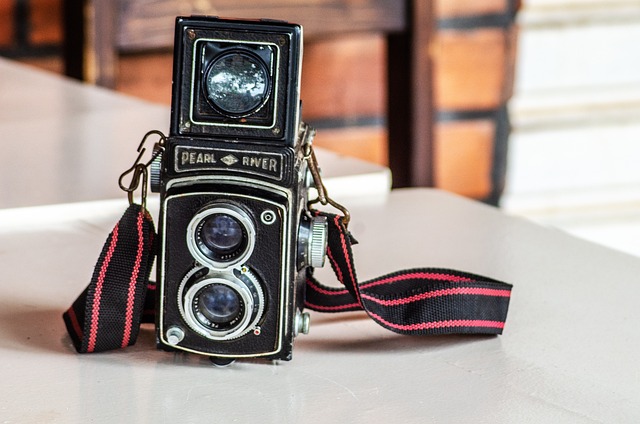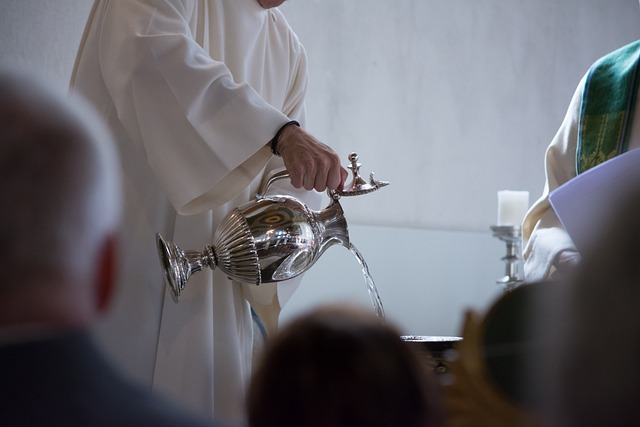In the realm of spiritual engagement, few elements resonate as profoundly as relic collections. These cherished artifacts serve as a bridge between the temporal and the sacred, fostering a connection to something far beyond our ordinary existence. Across various religions, the significance of these relics transcends mere physicality; they embody history, faith, and devotion.
Relic collections are often seen as sacred items, offering believers a tangible connection to revered figures, saints, or spiritual events. Whether it’s a fragment of bone from an early martyr or a piece of clothing worn by a holy man, these items can evoke deep emotional reactions and inspire profound reverence. For many, engaging with a relic collection is akin to stepping into a historical narrative filled with miracles, hope, and divine intervention.
In Christianity, the veneration of saintly relics has a long-standing tradition. Pilgrimages to sites housing significant relic collections invite the faithful to engage more deeply with their spirituality. Imagine standing before a glass case that protects an ancient piece of a saint’s skull; the air is thick with the stories of those who have come before you, seeking guidance, healing, or solace. The atmosphere is charged with a sense of community, belief, and shared hope.
Similarly, in Buddhism, relic collections such as the sacred remains of the Buddha are highly revered. These relics are often housed in stupas or temples and serve as focal points for meditation and worship. The act of circumambulating these sacred sites is not just a physical exercise; it is a spiritual one, inviting practitioners to contemplate the teachings of the Buddha while being in the presence of his remains. This interaction deepens their connection with the teachings and aligns them with the cycle of life, death, and rebirth.
In Hinduism, relic collections may be associated with revered deities or ancient sages, often displayed during festivals that invite celebration and devotion. The rituals surrounding these collections serve to fortify the belief in the divine and its manifestations in the world. Participants are drawn together, sharing individual spirituality through collective experiences that transcend secular boundaries, highlighting the importance of community in understanding the divine.
These sacred objects are not merely relics; they are vessels of faith that invite individuals to reflect on their spiritual journeys. In moments of prayer, meditation, or ritual, the presence of these artifacts can enhance one’s connection to the divine, allowing personal and communal experiences of divinity to flourish. The ritualistic use of a relic collection can inspire transformative moments, leading to self-discovery and greater understanding of one’s beliefs.
As we explore the spiritual significance of relic collections across various religions, we uncover a landscape rich with shared values, traditions, and practices. These artifacts, whether in a church, temple, or monastery, become a sanctuary for believers and seekers alike. Each relic carries a story, a testimony to the devotion it represents, and an invitation for individuals to engage with their spirituality in a lasting and impactful way.
Ultimately, the act of engaging with a relic collection is much more than a ritual; it’s an opportunity to connect with the broader tapestry of faith, history, and humanity. Each encounter can profoundly shift our understanding of the divine and our place within it, fostering a deeper sense of belonging in an interconnected spiritual journey.



